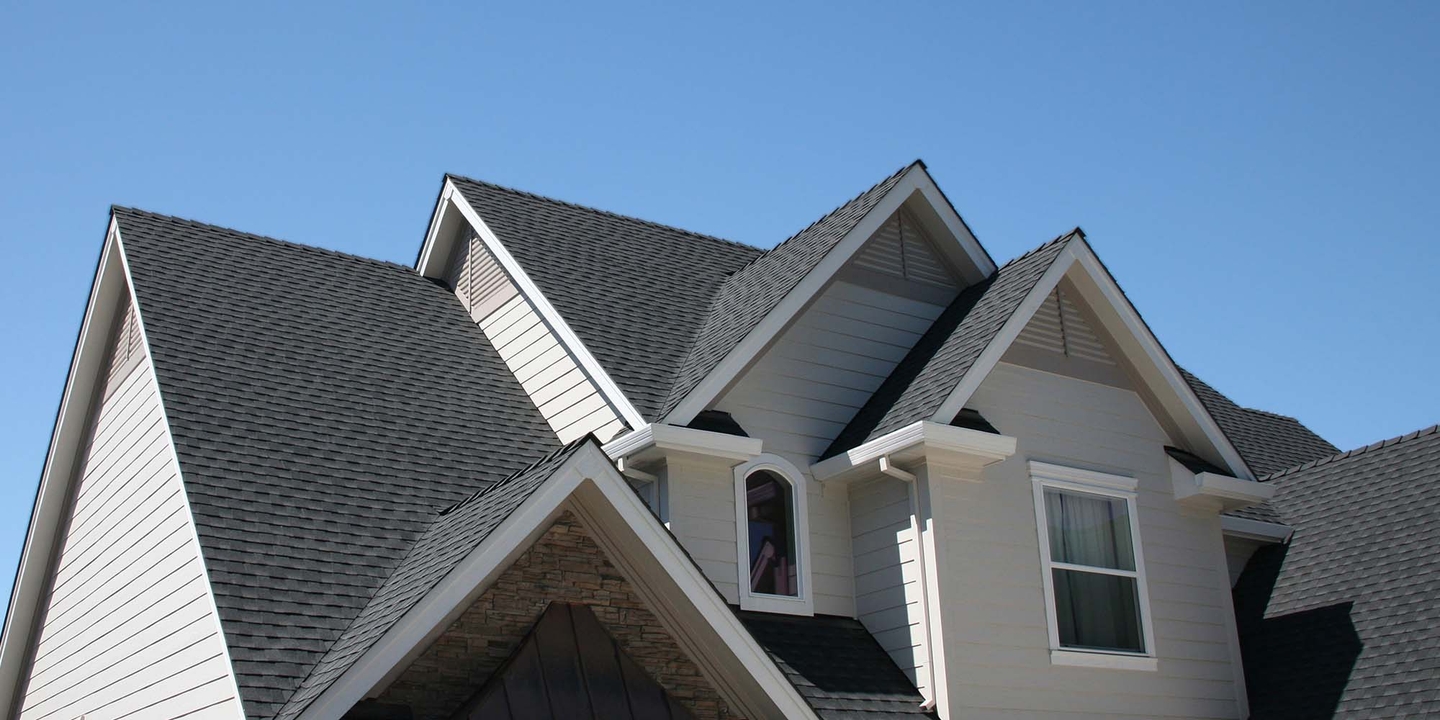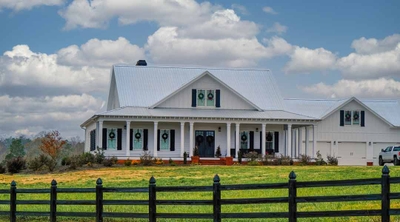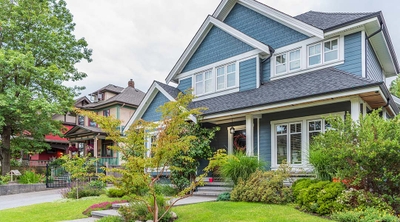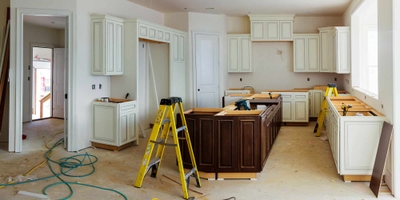What's the best roof shape and type for your home?
4 min read
Gable, gambrel, or hipped? Asphalt shingles, synthetic tiles, or metal? Between roof shapes and materials, you have many decisions to make when replacing your roof. We spoke with two experts to get their advice on the best roof types for homes.
Kyle Shirley is the owner of Sol Vista Roofing in Denver, Colorado, and Mike Reedy owns Quality Built Exteriors in Chesapeake, Virginia. They shared useful tips to help you understand the different home roof types. Once you’ve narrowed down your options, learn more about how much a new roof costs.
What should you consider when choosing a roof type?
Our experts suggest considering a few factors such as your home’s shape and aesthetic, climate, and the surrounding area of where you live, to narrow down your search.
Your home’s shape and aesthetic
A roof’s shape and design can completely alter a house’s look. If you plan to install a brand-new roof style, you have many options from which to choose. And you can pick one that best matches your desired aesthetic. But remember that it can be difficult to change the shape if you’re replacing the roof on an existing house. Reedy points out that roof shapes are often pre-determined to fit the house’s architecture. It may be possible to alter roof shape types, but this would be a costly project and likely require other renovations to the home’s structure.
The climate where you live
Apart from the visual appearance, the climate where you live is a major determining factor in the best roofing types. If you live somewhere that gets a lot of rain or snow, a roof with a steeper slant is the best option as it allows water to drain more easily.
Reedy says you should also keep your climate in mind when deciding on a roofing material. Certain materials like clay tiles do well in hot environments, while asphalt shingles are durable in areas with cold weather and heavy snow. Some materials like metal and slate work well no matter what part of the country you live in.
Your surrounding area
Lastly, consider your community’s overall look and feel and your neighbors’ roofing styles, roofing shapes, and materials. Picking a roof that complements the surrounding area is often a better option than something that will stick out. For example, a Mediterranean-style terracotta roof would look out of place in a New England neighborhood, and it wouldn’t be an ideal material for the harsh winters.
What are the most common types of roof shapes?
There are dozens of different roof types and shapes from which to choose. Our experts filled us in on some of the most popular options across the United States.
Gable
The gable is one of the most common roof types. It’s also one of the most universal as it looks good in many architectural styles. Gables have eave edges and sloped edges called rakes. Gabled roofs allow plenty of living space on the upper level. Asphalt or wood shingles are often used on gabled roofs as they’re hardy but also the most affordable option. Builders may also use metal and copper for gabled roofs. You may even be able to freshen up an existing metal roof with oil-based paint.
Hip
The hip style consists of four sloped edges around the house and is another common roof type. These edges are often less steep than those of a gabled house. Hipped roofs are good in rainy climates as they allow for drainage on all four sides. Asphalt or wood shingles, metal, and copper are great materials for a hipped roof. On low-slope roofs under a 4% grade, modified bitumen materials, which are asphalt-based, are a common choice. Reedy says, “They’re basically like one big shingle that’s glued down, and no nails are used.”
Flat
As you’d guess from the name, flat roofs are flat. They work best in dry climates; you might commonly find flat roofs in the Southwest and commercial structures. The best materials for a flat roof are TPO Membrane, EPDM black rubber, and PVC membrane. Metal also works great but costs more than the other options.
Gambrel
Gambrel roofs have steep slope transitions on two sides and a barn-like appearance. They allow for plenty of living space upstairs and commonly have dormer windows. The construction of gambrel roofs is more labor-intensive than many other options, so they often cost more to install. Asphalt, slate, and metal hold up well on a gambrel roof.
Mansard
Mansard roofs have steep slope transitions like gambrels, with slopes on four sides and more of a country house style. Similar to gambrel roofs, the best materials to use on a mansard roof are asphalt, slate, and metal.
Saltbox
A saltbox roof looks like a gable, but the slope on one side is much longer than the other. Home builders often use asphalt or wooden shingles on saltboxes, but they can use metal as well. Saltboxes require more protection, such as waterproofing materials at the ridgeline and drip edges to prevent shingles from lifting in the wind.
Which roofing material is right for your home?
The best roofing materials depend on your roof type and the climate where you live. Asphalt and metal are the most widely used, but you may also consider materials like synthetic tiles or wooden shingles. The material the builder has used to construct your roof may impact the level of insurance coverage for which you’re eligible.
Given that a roof might comprise about 40% of the exterior of your home, it has a significant impact on your home’s appearance. Learning about the various types of roof shapes and roofing materials can help you to make the best choice for your home. It can even help you save on insurance. Learn about how roof type impacts home insurance.






